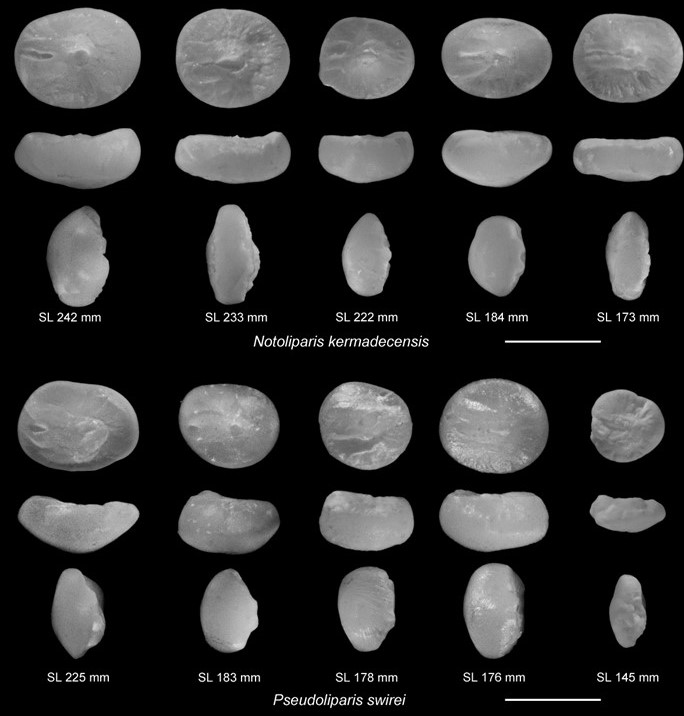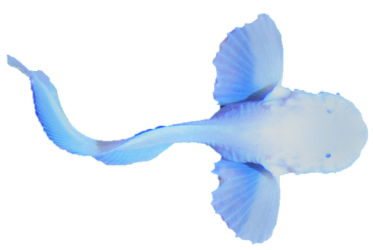In this new study, Werner Schwarzhans and I investigate how bones in the inner ear of fishes, called otoliths, vary in shape and morphology across species and habitat.

We show that deep-sea fishes tend to have simpler and smaller otoliths than shallower relatives. Deep-sea conditions could constrain these bone’s ability to mineralize, causing the reductions seen here.
Future research should study how changes impact sensory landscapes in deep fishes.
Together these findings provide new insights into the drivers of otolith diversity and the evolution of fishes into deep-sea environments.

